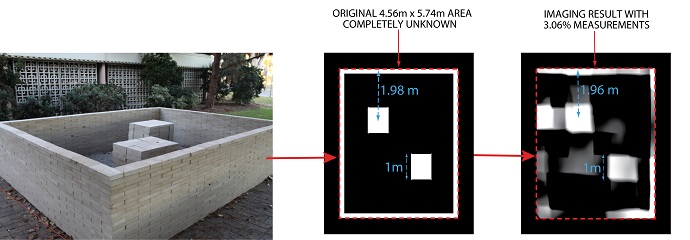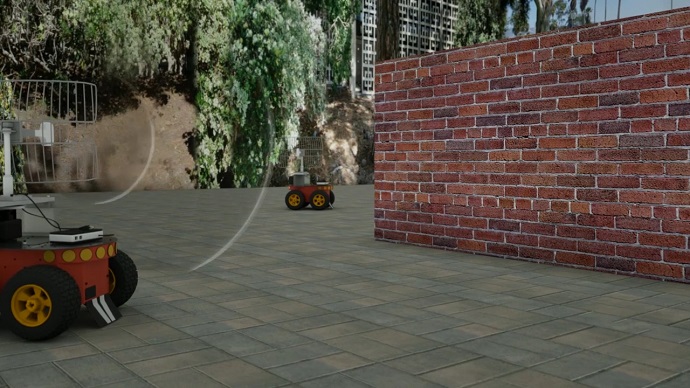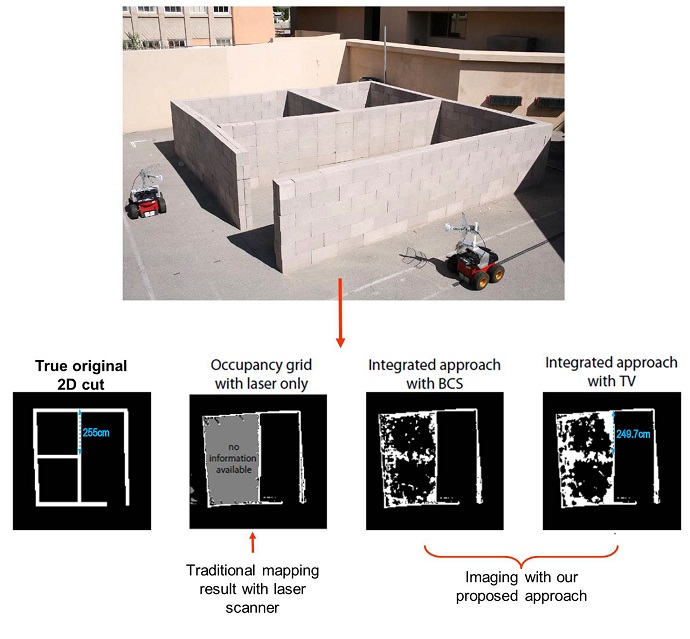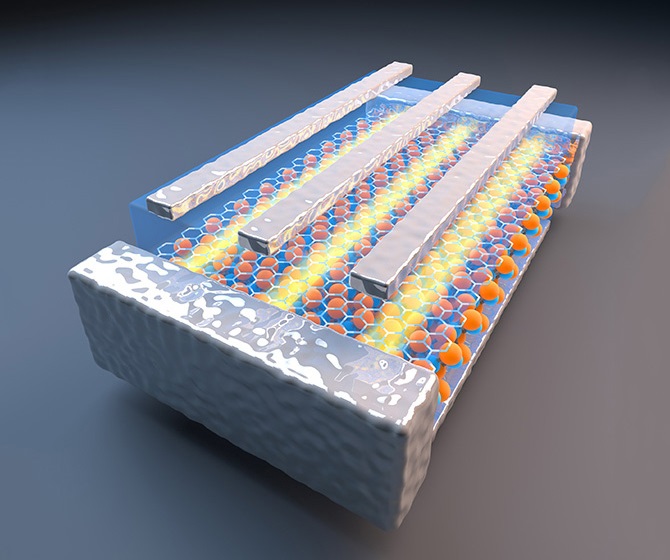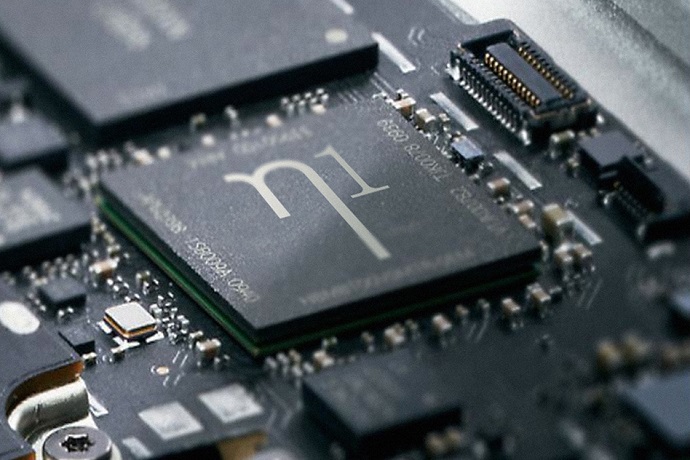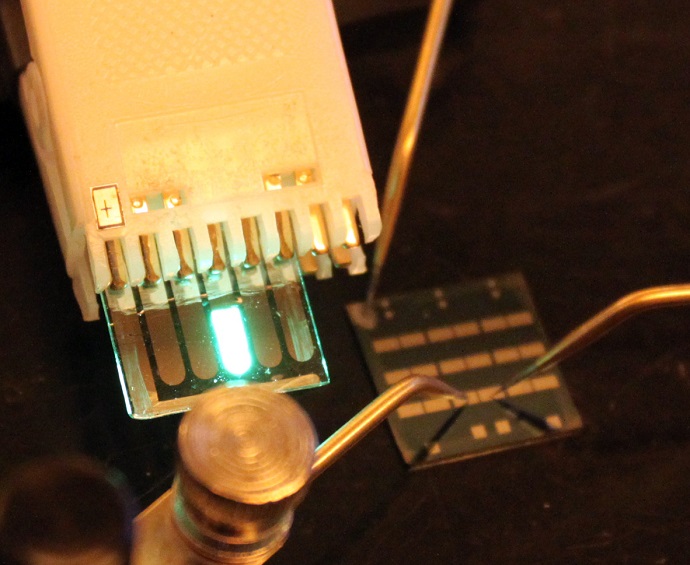August 5, 2014
Wi-Fi makes all kinds of things possible. We can send and receive messages, make phone calls, browse the Internet, even play games with people who are miles away, all without the cords and wires to tie us down. At UC Santa Barbara, researchers are now using this versatile, everyday signal to do something different and powerful: looking through solid walls and seeing every square inch of what’s on the other side. Built into robots, the technology has far-reaching possibilities.
“This is an exciting time to be doing this kind of research,” said Yasamin Mostofi, professor of electrical and computer engineering at UCSB. For the past few years, she and her team have been busy realizing this X-ray vision, enabling robots to see objects and humans behind thick walls through the use of radio frequency signals. The patented technology allows users to see the space on the other side and identify not only the presence of occluded objects, but also their position and geometry, without any prior knowledge of the area. Additionally, it has the potential to classify the material type of each occluded object such as human, metal or wood.
The combination of imaging technology and automated mobility can make these robots useful in situations where human access is difficult or risky, and the ability to determine what is in a given occluded area is important, such as search and rescue operations for natural or man-made disasters.
But the technology is not limited to robots; it can be implemented on a Wi-Fi-enabled gadget or a Wi-Fi network. Built into an existing network the technology can be used to monitor the presence and location of objects and people throughout a built space, which opens possibilities for catching intruders, or watching over the elderly. It can also provide information for smart building applications to optimize services that depend on the level of occupancy of a building, such as heating and cooling. Further developed, the technology may even be useful in preliminary body scan and health monitoring via a WiFi-enabled handheld device — a real-life Star Trek tricorder.
For more information, please visit the project's website: http://www.ece.ucsb.edu/~ymostofi/SeeThroughImaging.html
